Reviewed by Corey Noles
You're about to capture that perfect sunset shot, but your photos keep coming out hazy and disappointing. You check your settings, adjust the lighting, maybe even restart the Camera app—only to discover the real culprit was a smudged lens the whole time. Sound familiar?
Well, Apple just solved that age-old photography frustration with iOS 26's new "Lens Cleaning Hint" feature. When your iPhone's camera is active, iOS 26 monitors the incoming light for signs of reduced clarity or smudging that could indicate a dirty lens. It's the kind of simple-but-brilliant feature that makes you wonder why it took this long to arrive. Here's the kicker: Android smartphones have had similar functionality for years, making this part of a broader industry shift toward proactive device care that's finally finding its way into Apple's ecosystem.
How Apple's smart lens detection actually works
The magic happens behind the scenes every time you fire up the Camera app. iOS 26 continuously analyzes image quality in real-time, looking for telltale signs that your lens needs attention. When it detects reduced clarity that could indicate smudging or debris, you'll see a discrete alert suggesting you clean your camera lens to improve image quality.
After testing the iOS 26 beta for several weeks, the system proves remarkably sophisticated in its analysis. Rather than simple light measurement, iOS 26 evaluates multiple image quality metrics—contrast levels, edge definition, and light scattering patterns—that indicate optical interference. This builds on Apple's existing computational photography pipeline, which already processes millions of pixels per second to optimize exposure, focus, and color balance. The lens cleaning detection essentially taps into this same real-time analysis, comparing current image quality against baseline standards for your specific iPhone model.
What sets this apart from basic image processing is the contextual intelligence. The system only triggers alerts when the camera is actively being used and distinguishes between environmental factors (like fog or low light) and actual lens contamination. This prevents false positives while ensuring you get notified exactly when it matters most—right before you take that important shot.
Getting the feature up and running
To benefit from Lens Cleaning Hint, you'll need an iPhone running iOS 26 (currently in beta). The feature is tucked away in the Settings app under the Camera section, where you can toggle it on via a simple switch. Once enabled, your iPhone will automatically start monitoring image quality every time you open the Camera app.
Here's what we don't know yet: whether this feature depends on Apple Intelligence or not. If it requires the Neural Engine processing power that comes with Apple Intelligence, it'll only work on newer iPhones (iPhone 16 series or iPhone 15 Pro/Max). The computational demands for real-time image quality analysis could justify this limitation—processing multiple quality metrics simultaneously while maintaining smooth camera performance requires significant on-device machine learning capabilities.
But if Apple's engineers optimized it as a standalone feature, it could roll out to all iPhones that support iOS 26—which means any iPhone 11 series or later. iOS 26 will officially roll out to the masses this fall when Apple reveals its next wave of iPhones.
The proper way to clean your iPhone lens (with automated reminders)
When that notification pops up, resist the urge to grab whatever's handy. With iOS 26 actively monitoring lens cleanliness, proper cleaning technique becomes even more critical—you want to maintain that baseline image quality the system expects. Your iPhone has a fingerprint-resistant oleophobic coating that cleaning products and abrasive materials will diminish and might scratch your iPhone. This coating wears over time with normal use, so preserving it directly impacts how often you'll see those cleaning reminders.
PRO TIP: Apple recommends using a soft, slightly damp, lint-free cloth—for example, a lens cloth. You can also use 70 percent isopropyl alcohol wipes, 75 percent ethyl alcohol wipes, or Clorox Disinfecting Wipes to gently wipe the exterior surfaces. Just don't use products containing bleach or hydrogen peroxide, and avoid getting moisture in any openings.
The economics of proper maintenance become clear with automated detection. Clean your iPhone immediately if it comes in contact with anything that might cause stains—dirt, sand, makeup, lotions, you name it. A gentle circular motion with that lint-free cloth usually does the trick, and wiping these surfaces with a soft, lint-free cloth will restore the original look for Pro models where skin oils might temporarily alter the color of the outside band. Better cleaning habits mean fewer interruptions and longer-lasting lens coatings.
Why this small feature could be a game-changer
This might seem like a minor addition, but it addresses one of the most common—and preventable—causes of disappointing iPhone photos while potentially preventing more serious hardware issues down the line. During our hands-on testing with multiple iPhone models, lens contamination consistently ranked as the top undiagnosed cause of photo quality complaints.
The timing couldn't be better for addressing widespread lens maintenance issues. Modern iPhones pack increasingly sophisticated camera systems with multiple lenses, and even a small amount of debris can impact image quality across the entire system. Recent iPhone 15 Pro users and iPhone 16 Pro owners have reported dust particles getting inside camera lens assemblies—issues that might be caught earlier with proactive external lens monitoring, potentially preventing dust migration into sealed components.
The cascading effects extend beyond image quality. Better lens maintenance improves the accuracy of other camera-dependent features like Face ID, QR code scanning, and augmented reality applications. When your camera system operates at peak clarity, computational photography algorithms can work more effectively, autofocus responds faster, and battery life improves since the processor doesn't need to work as hard compensating for optical degradation.
The broader implication is Apple's shift toward predictive device maintenance—identifying and flagging issues before they impact user experience rather than waiting for troubleshooting after the fact.
What this means for your photography workflow
Bottom line? iOS 26's Lens Cleaning Hint won't revolutionize mobile photography, but it will eliminate those frustrating moments when perfect lighting and composition get sabotaged by a smudged lens. In practical terms, this means fewer deleted photos, less time spent wondering why your shots look soft, and more confidence that your iPhone's camera is performing at its best when it matters.
The feature should roll out to all iOS 26 compatible devices this fall, assuming it doesn't require Apple Intelligence processing power. Until then, those with developer beta access can start experiencing the difference between reactive and proactive lens care. Either way, your iPhone's about to get significantly better at maintaining consistently clear photos—one timely cleaning reminder at a time.




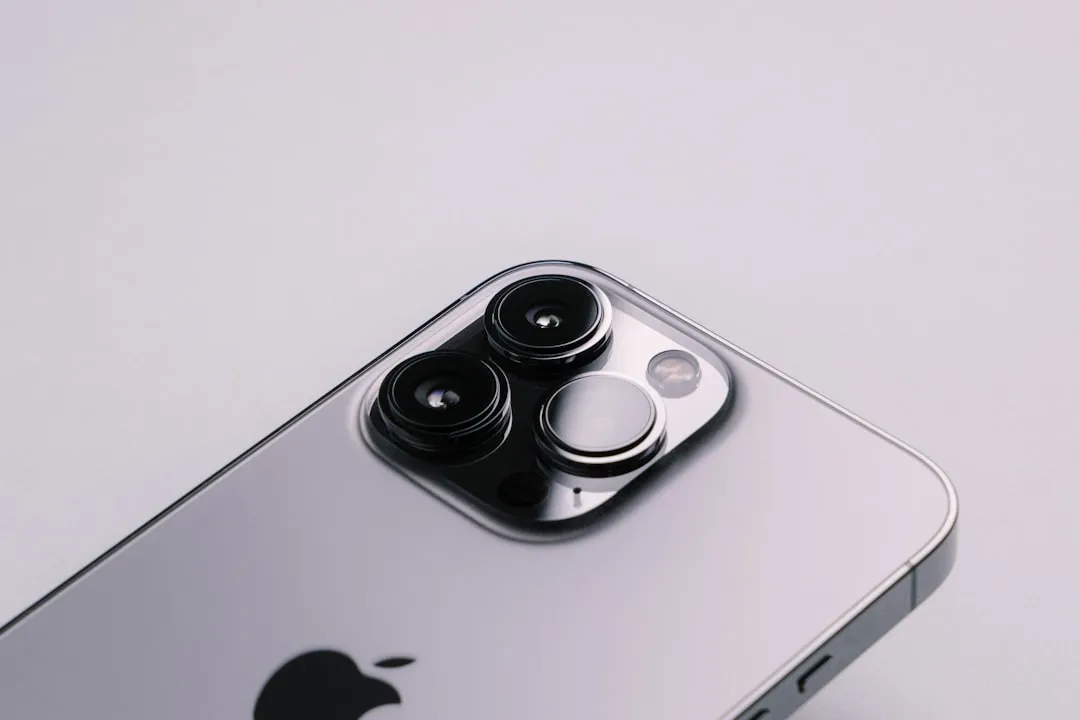
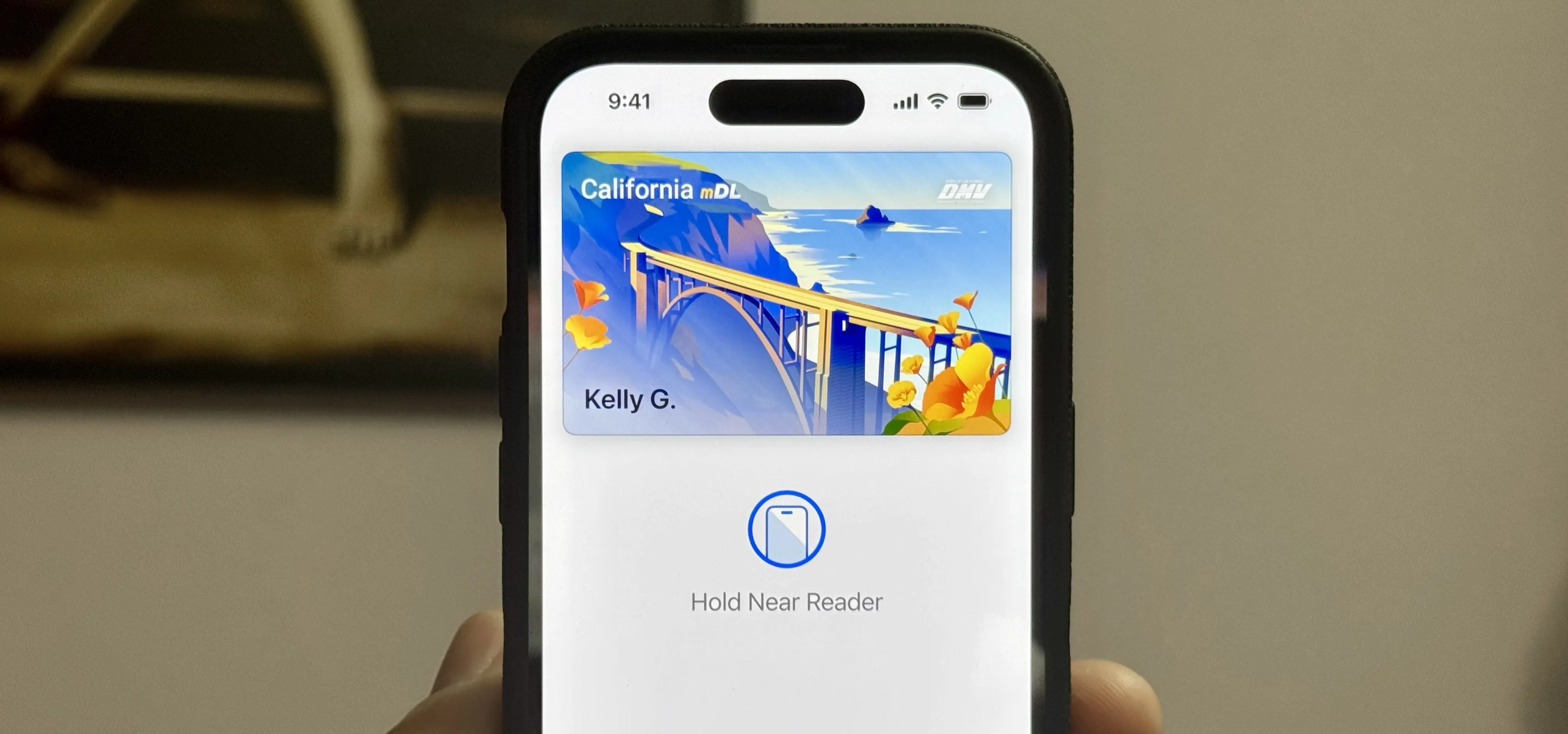
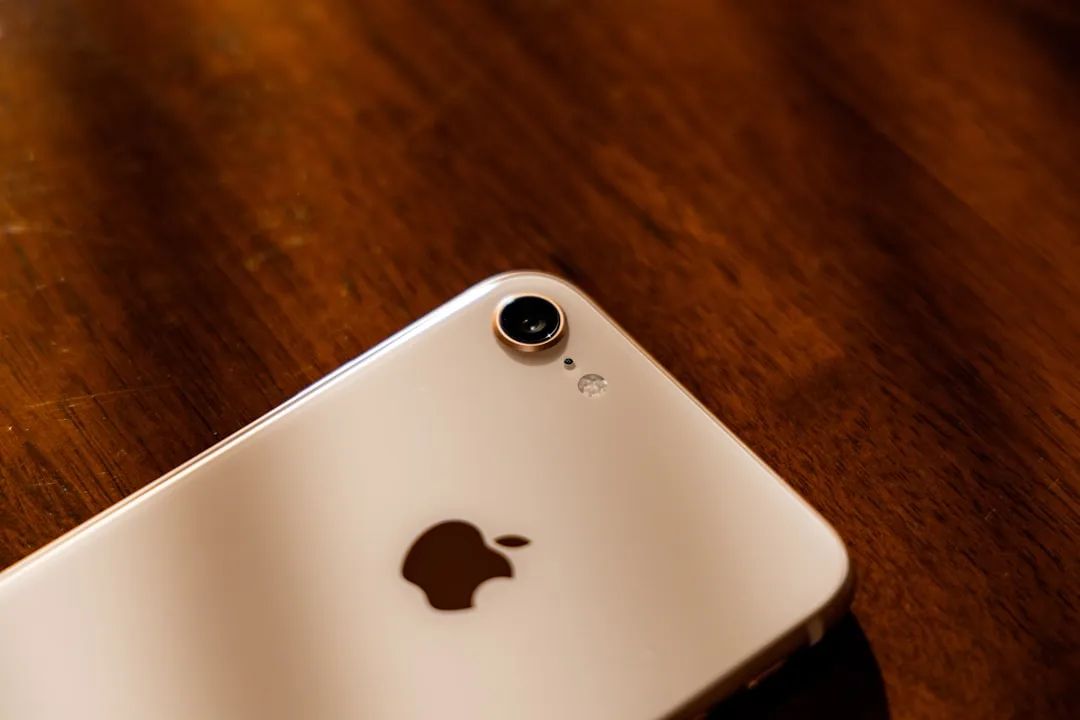
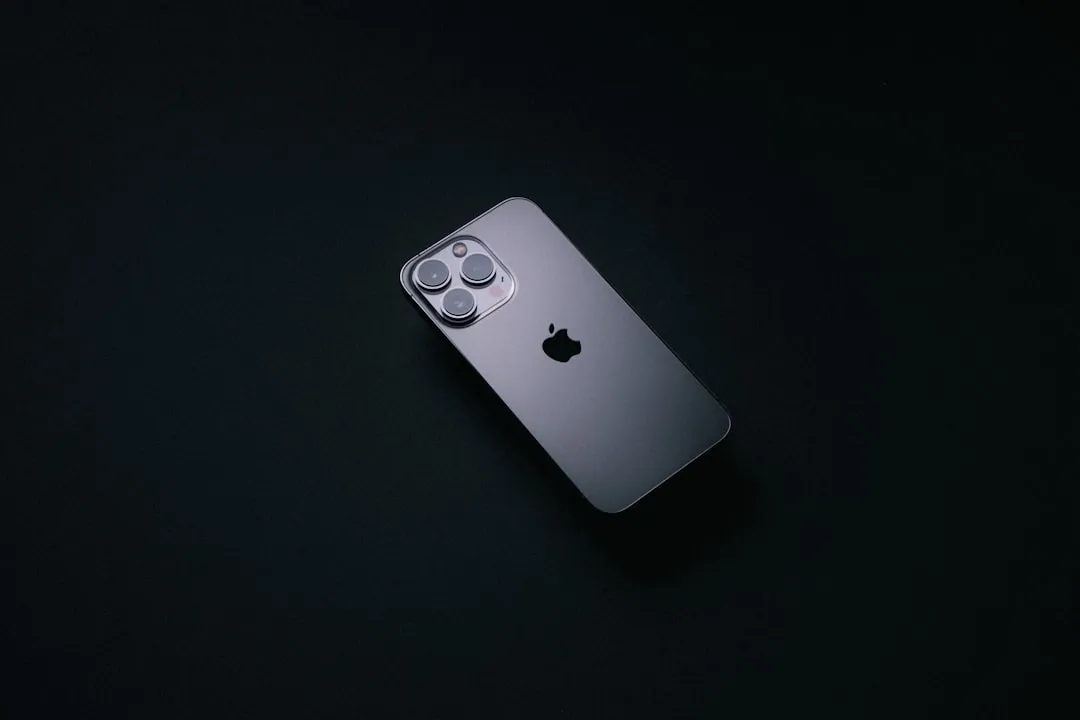
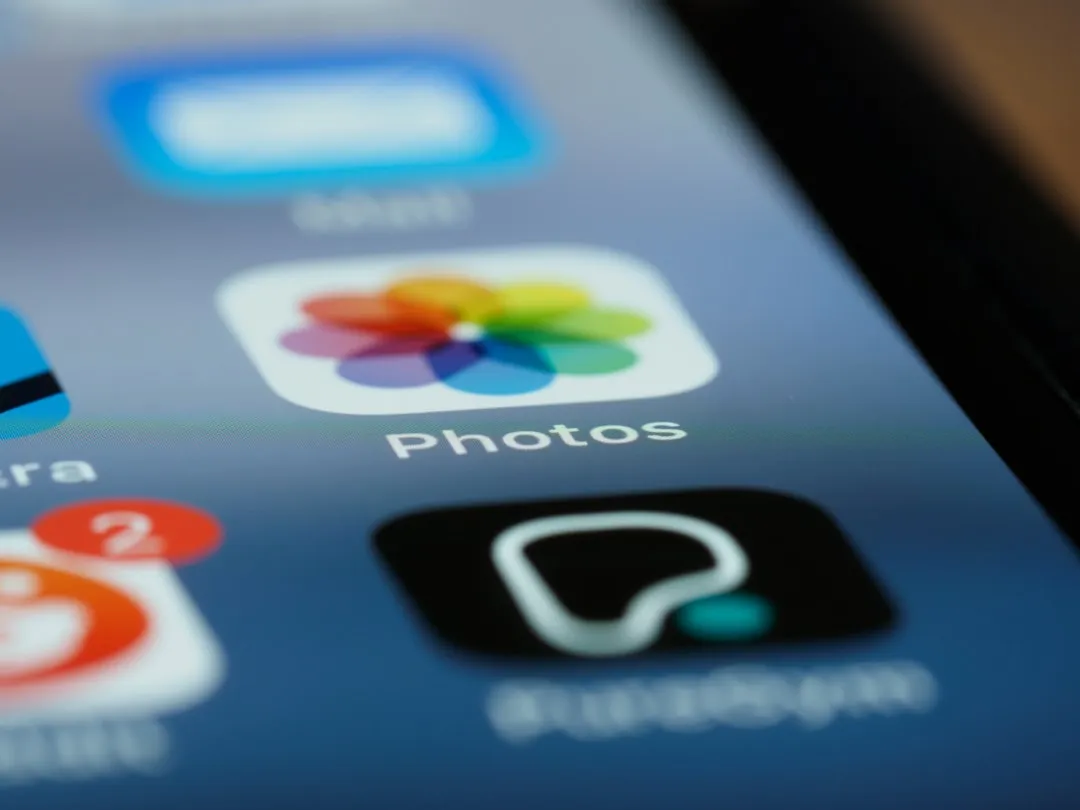
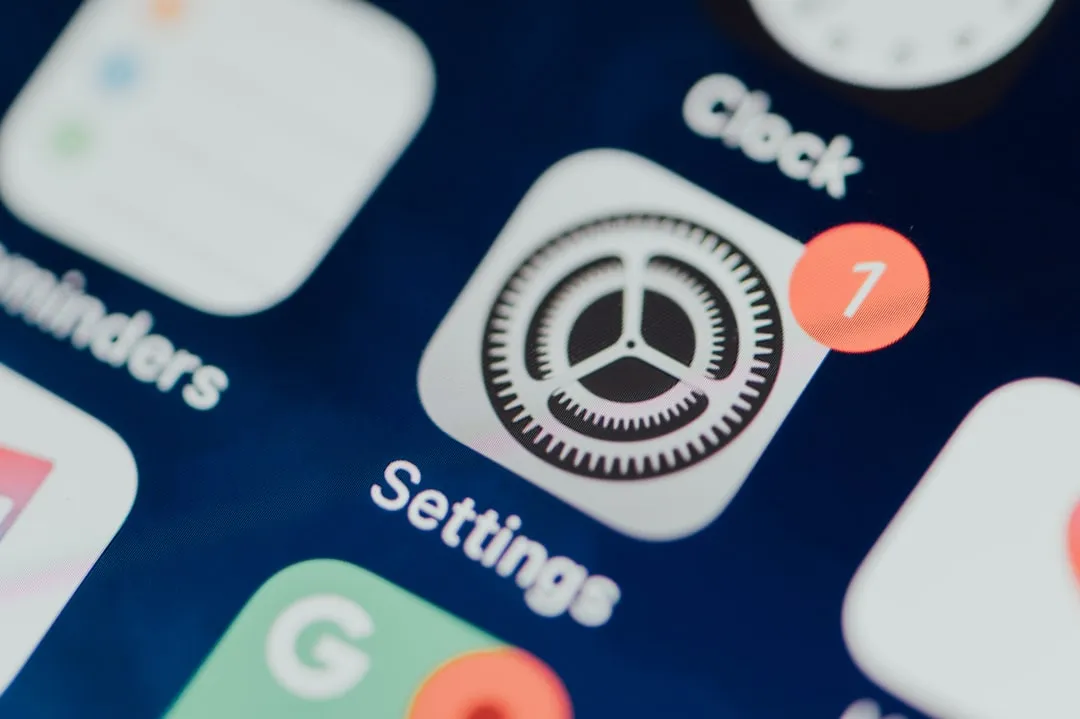
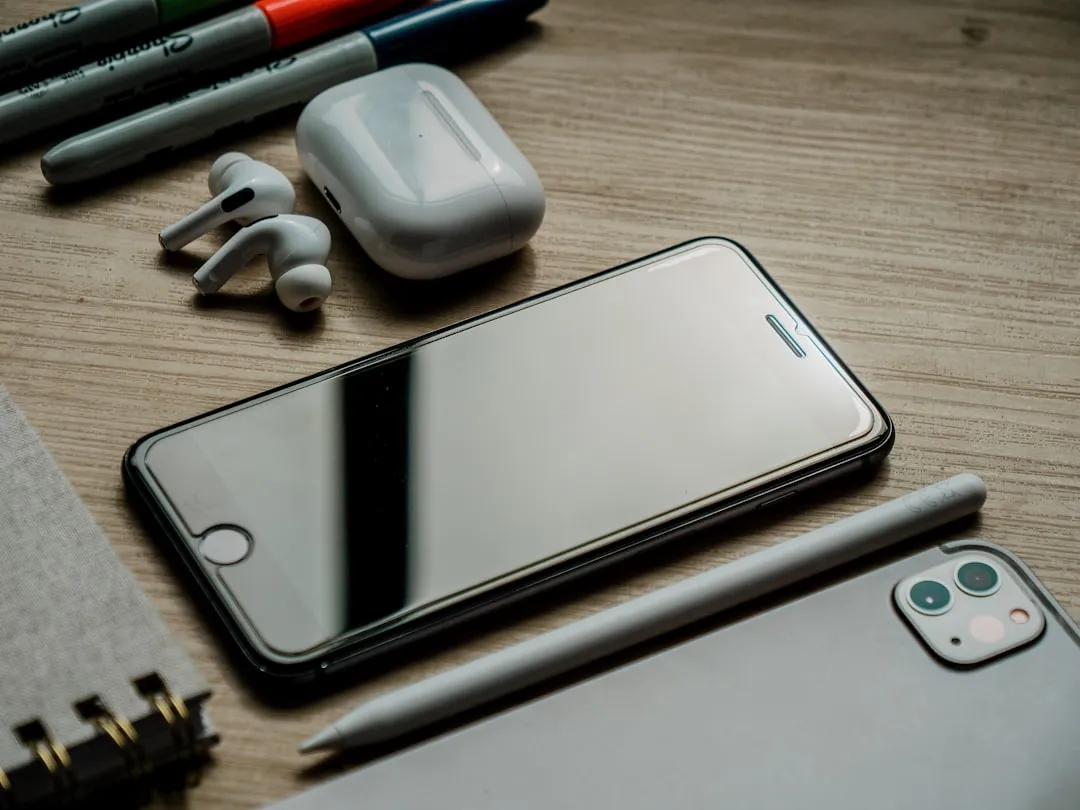

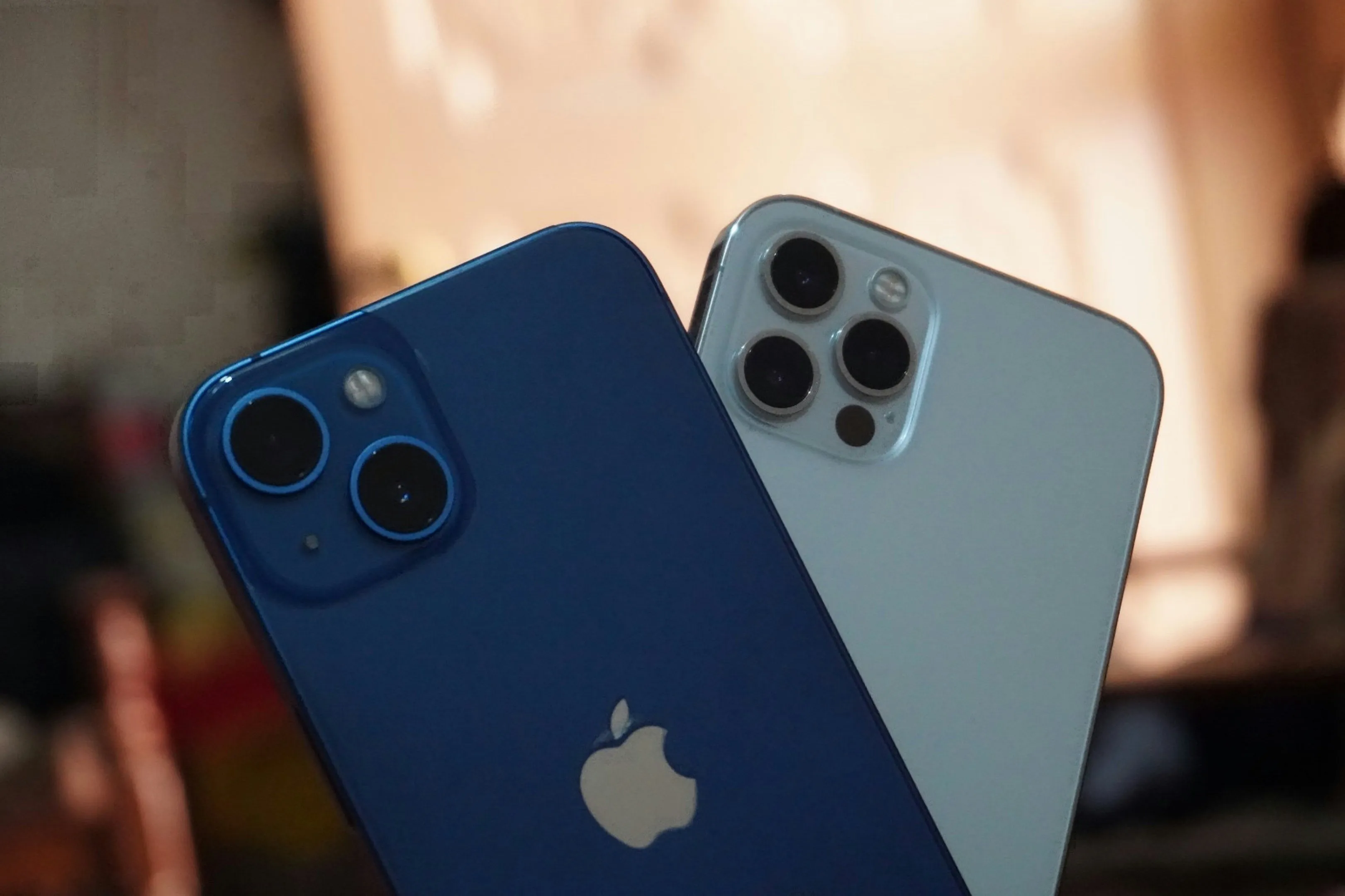

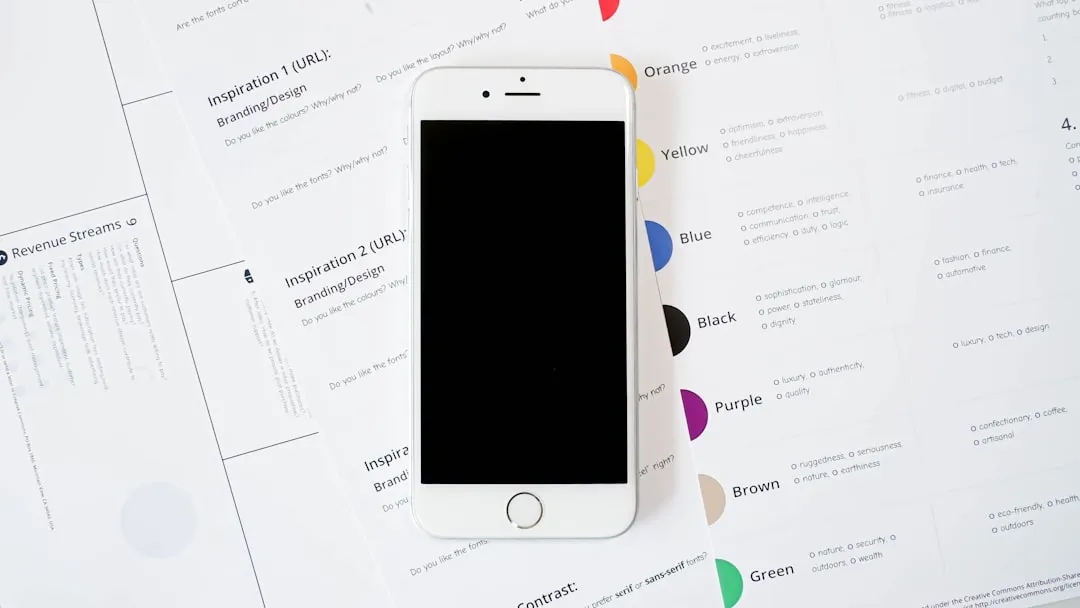
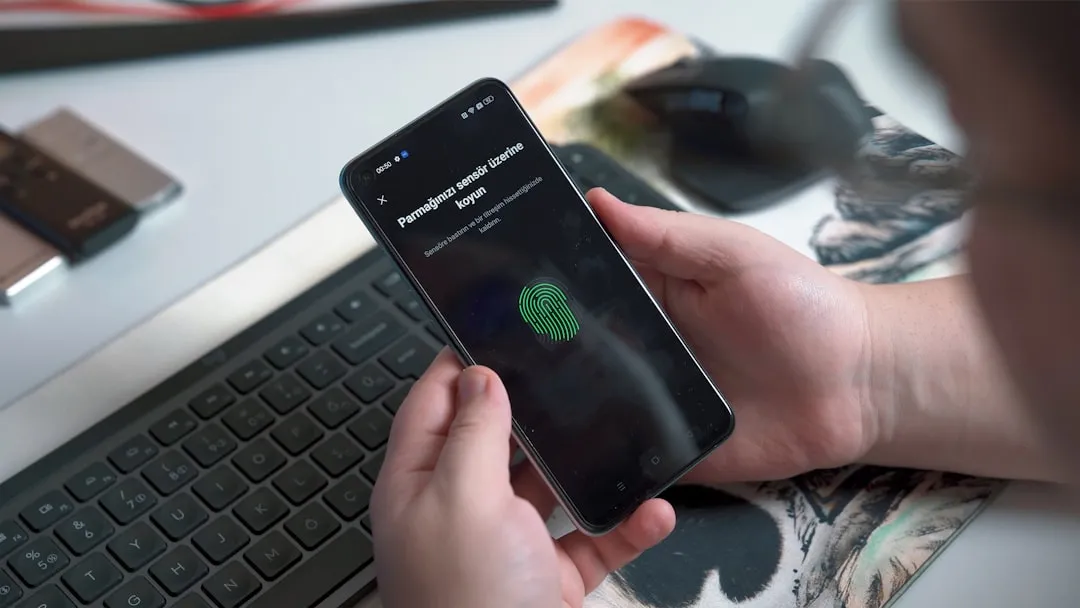
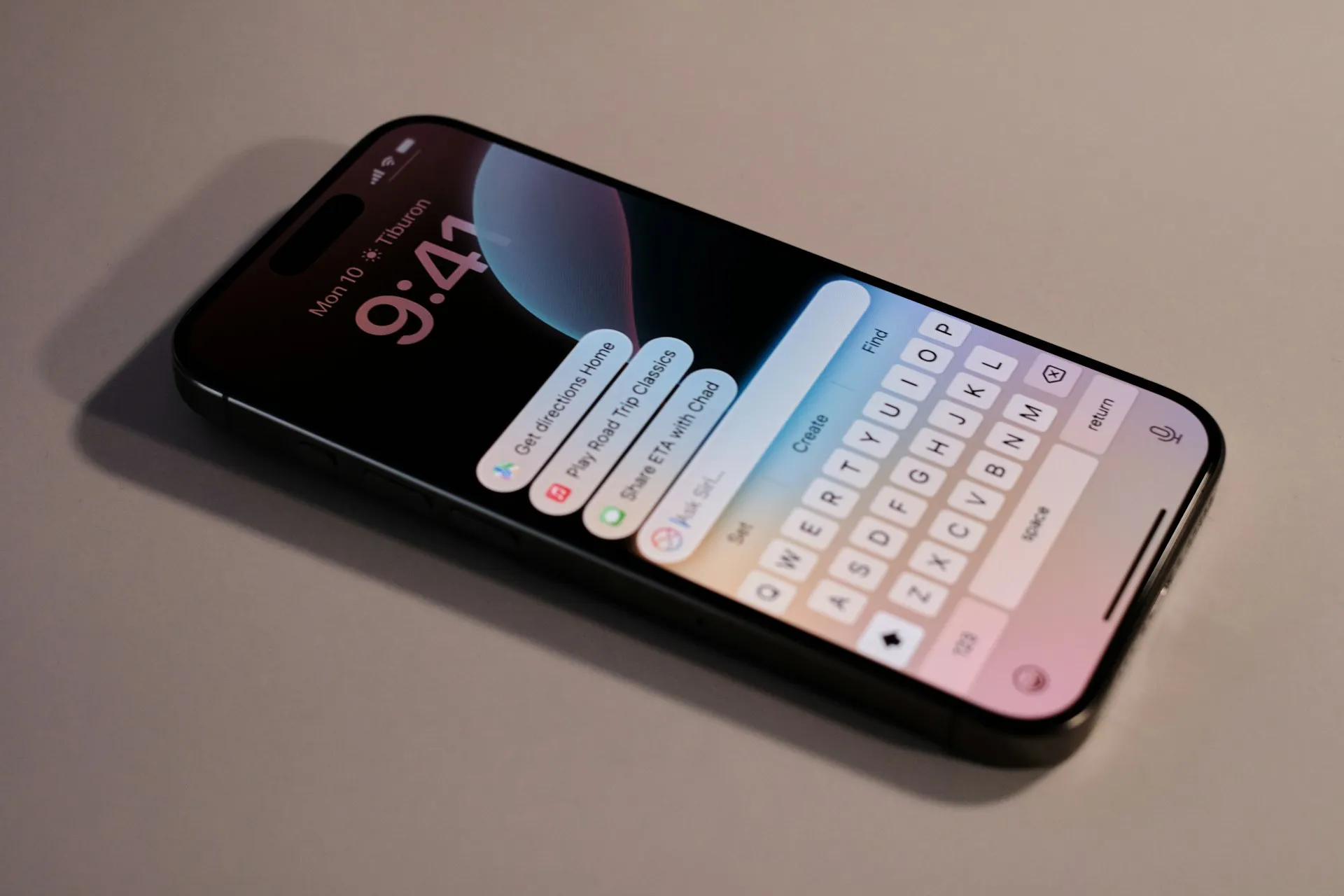

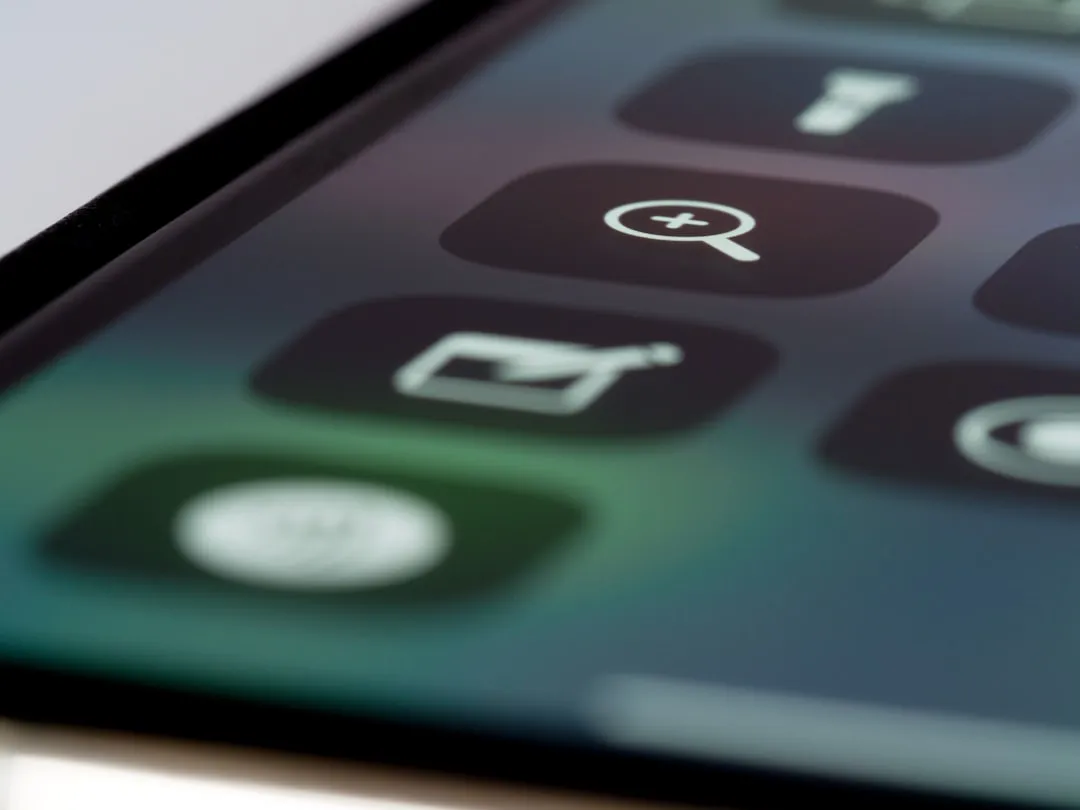
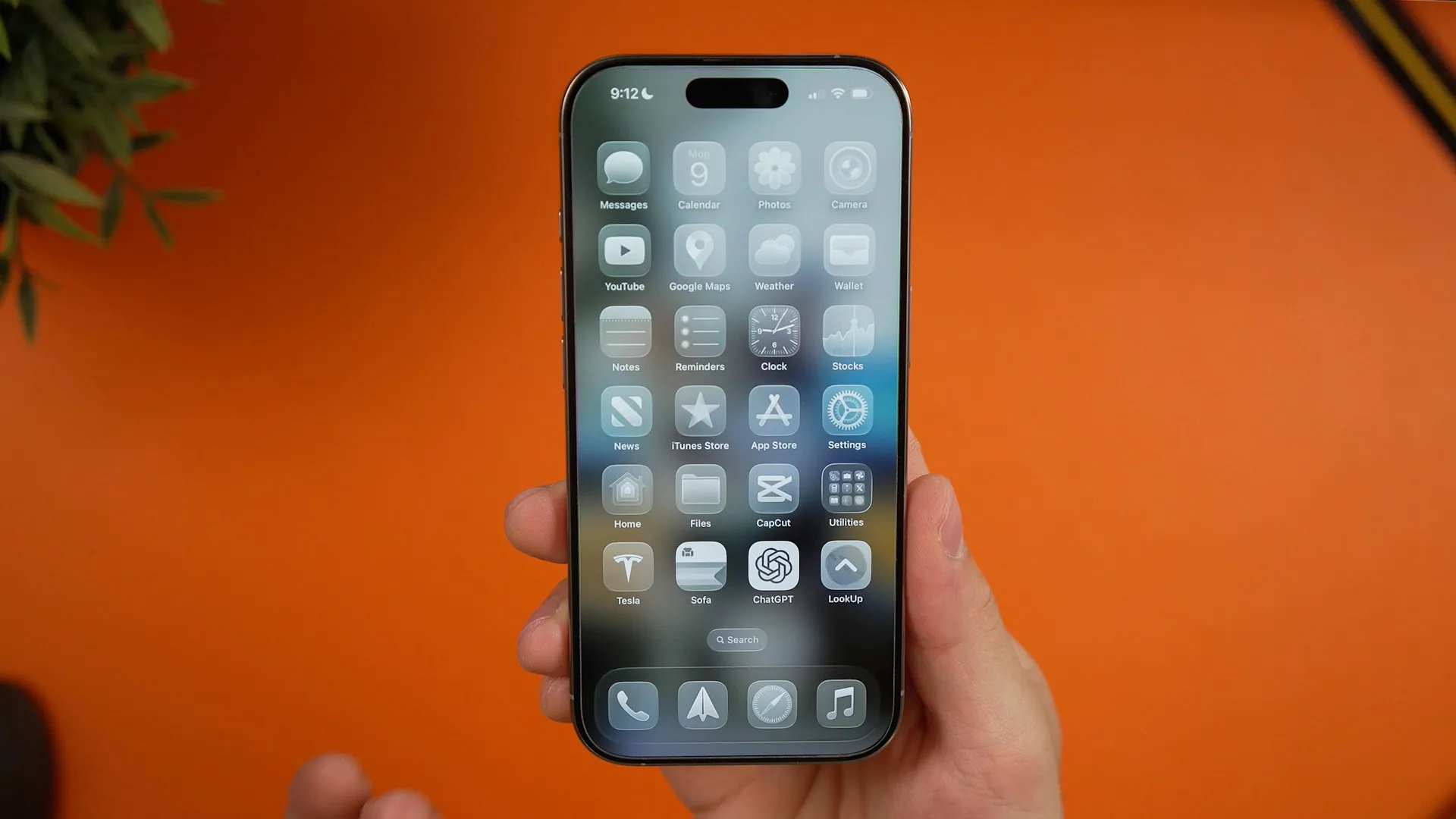
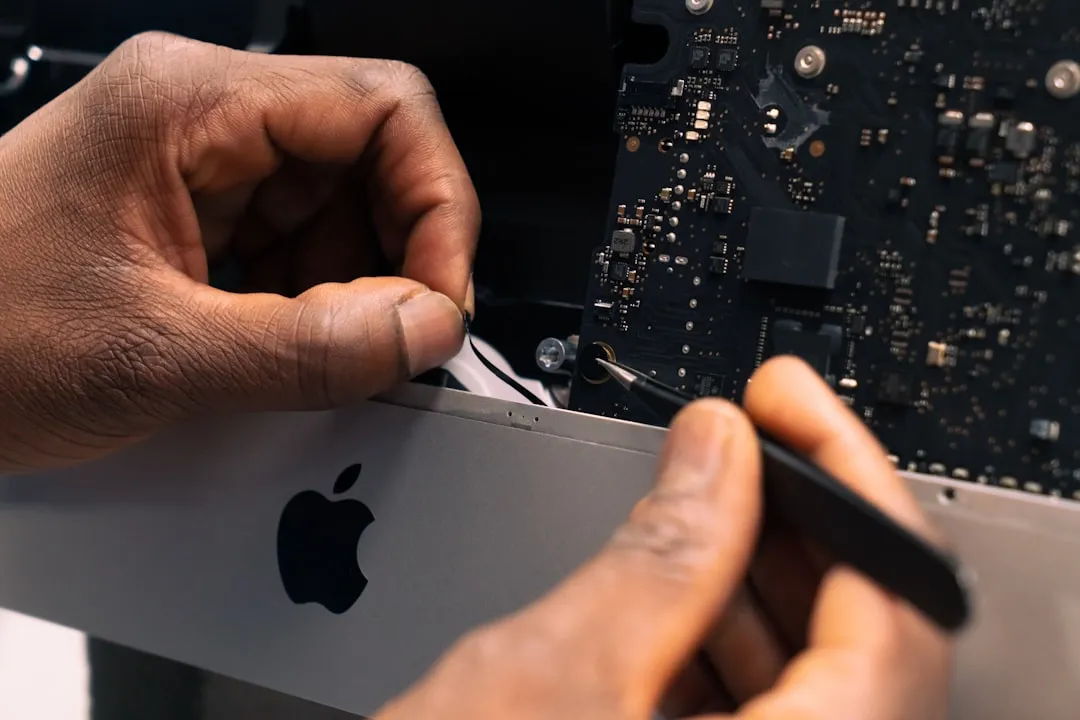
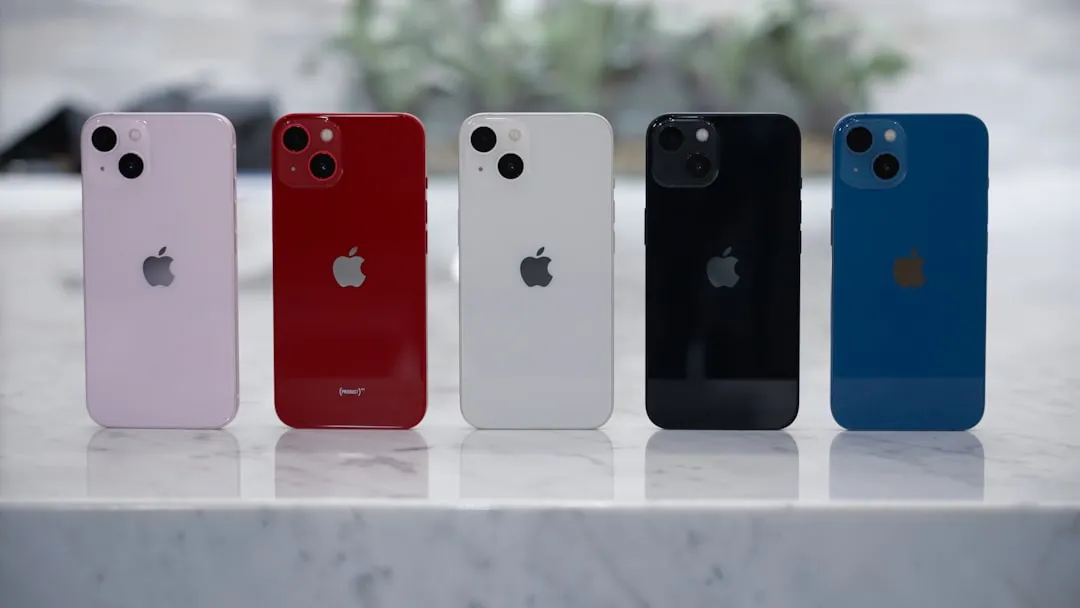
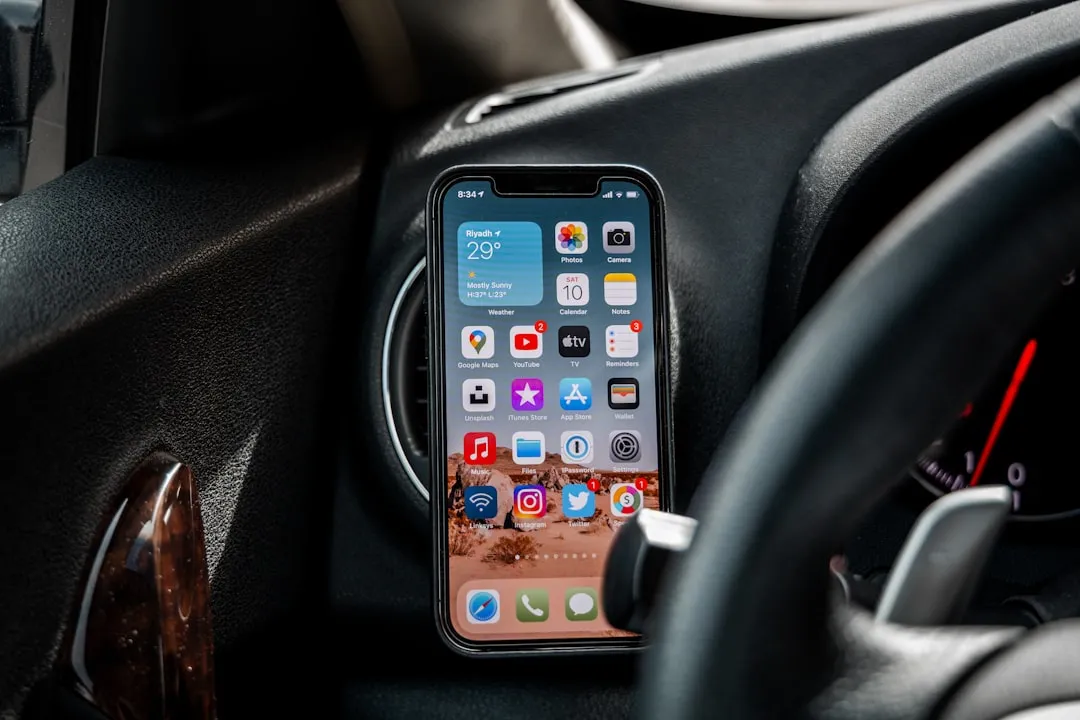


Comments
Be the first, drop a comment!